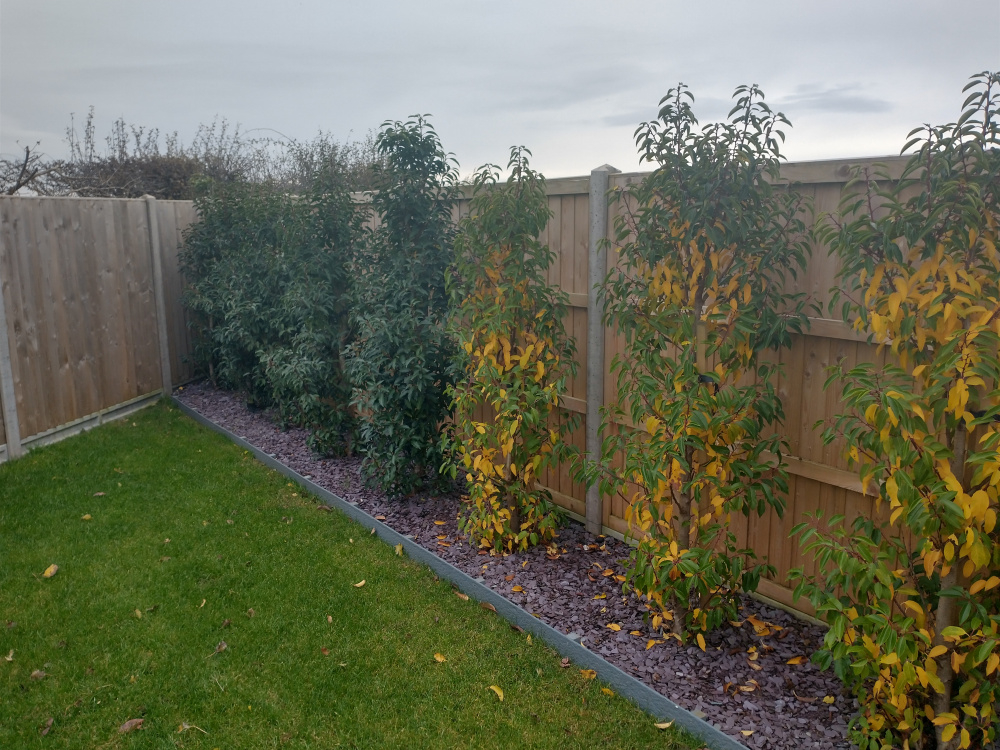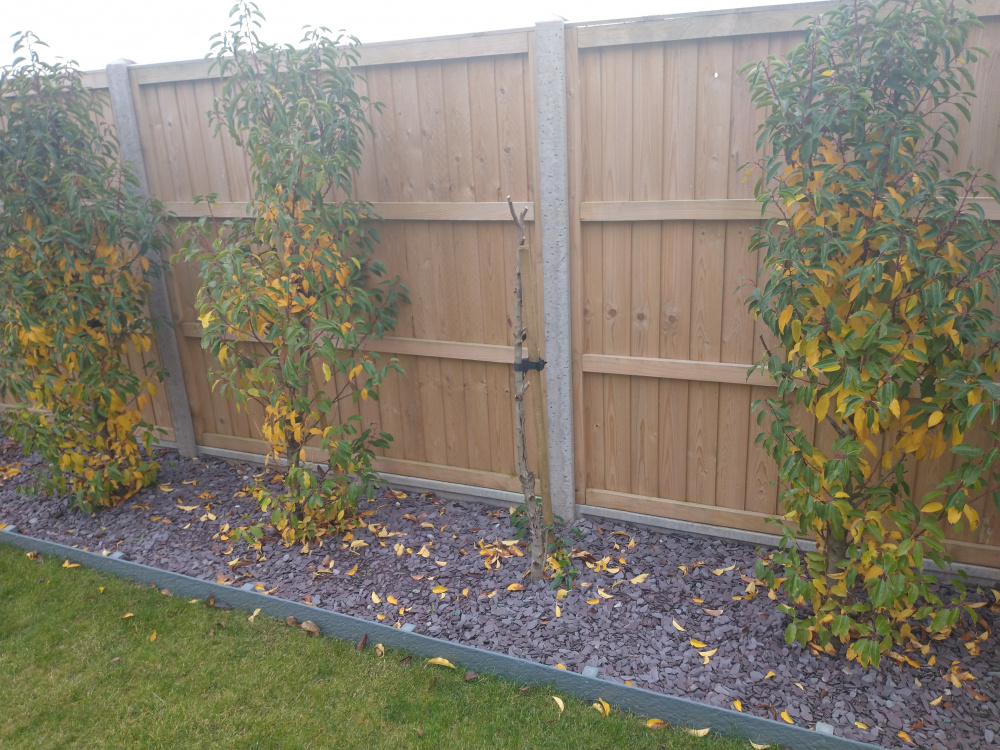This Forum will close on Wednesday 27 March, 2024. Please refer to the announcement on the Discussions page for further detail.
Portuguese laurel yellow leaves
 tjbuckley932006
Posts: 5
tjbuckley932006
Posts: 5
I planted this row in June. Watered thoroughly and now at least 3 plants dead. Some growth at the base of one. Any ideas as to the cause? Some are thriving but most not. Do you think they will grow back in the spring? As you can see, some are very green, others a paler gree with yellow leaves





0
Posts
Can we have more info about the planting preparation and ongoing care regimen please … how often watered and how much through the summer?
Gardening in Central Norfolk on improved gritty moraine over chalk ... free-draining.
My old garden was also clay no shale but a deep seam of clay. In the thirty years I lived there some areas I had to give up on and just grow plants with shallow roots.
Your Laurels are in a state of shock the thickness of clay can vary too in differnt parts of a garden. Buying large plants is not the answer sadly, a plant half the size would probably got away more readily and catch up quickly.Yellow leaves can be the result of shock, lack of water or too much.
You are asking alot of large plants soil prep is critical. Perhaps you could dig some small pits and see what is gong on is the water draining away?